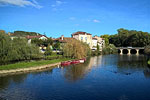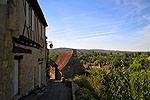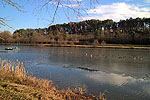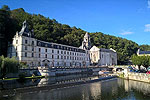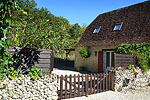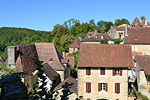Sweet Pickled Walnuts Recipe - Method 1 - Cold Brine and Pickle
Delicious with cheeses and cold meats.
EQUIPMENT FOR BRINING
You will need ...
- Chopping board
- Cling film (optional but advised)
- Fork
- Rubber gloves (optional but advised)
- Cocktail sticks
- Sharp knife
- Large pan
- 2 x buckets (black advised)
- Heavy stones or weights
- Stiring thingy
- Caulander, serving spoon or ladel
Notes: When pierced, the green walnut husk will ooze a yellowy greenish liquid (juglone), a nutural dye, which will quickly turn dark brown to black and it is difficult to wash off. Tip: Protect your chopping board by wrapping it in cling film and wear rubber gloves to protect your skin for staining.
INGREDIENTS FOR BRINING
Brine is a salt and water solution for pickling. Various salt to water ratios exist.
- 1.5kg young green walnuts
- 2.5 liters mineral water
- 200g salt
EQUIPMENT FOR PICKLING
You will need the following ...
- Large pan
- Sive/Caulander/Pasta Spoon
- Various storage jars
- Labels and pen
Notes: Here
INGREDIENTS FOR PICKLING
You can experiment.
- TBC liters of cider vinegar
- 200g sugar
- Spices
VARIATIONS & NOTES
Experiment with different vinegars and for regular pickled walnuts you could omit the sugar.
Add as much or as little spices as you prefer.
BRINE RECIPE (WEEKS 1 & 2)
Step 1. Harvesting the walnuts (1.5kg) & testing if they are suitable for pickling
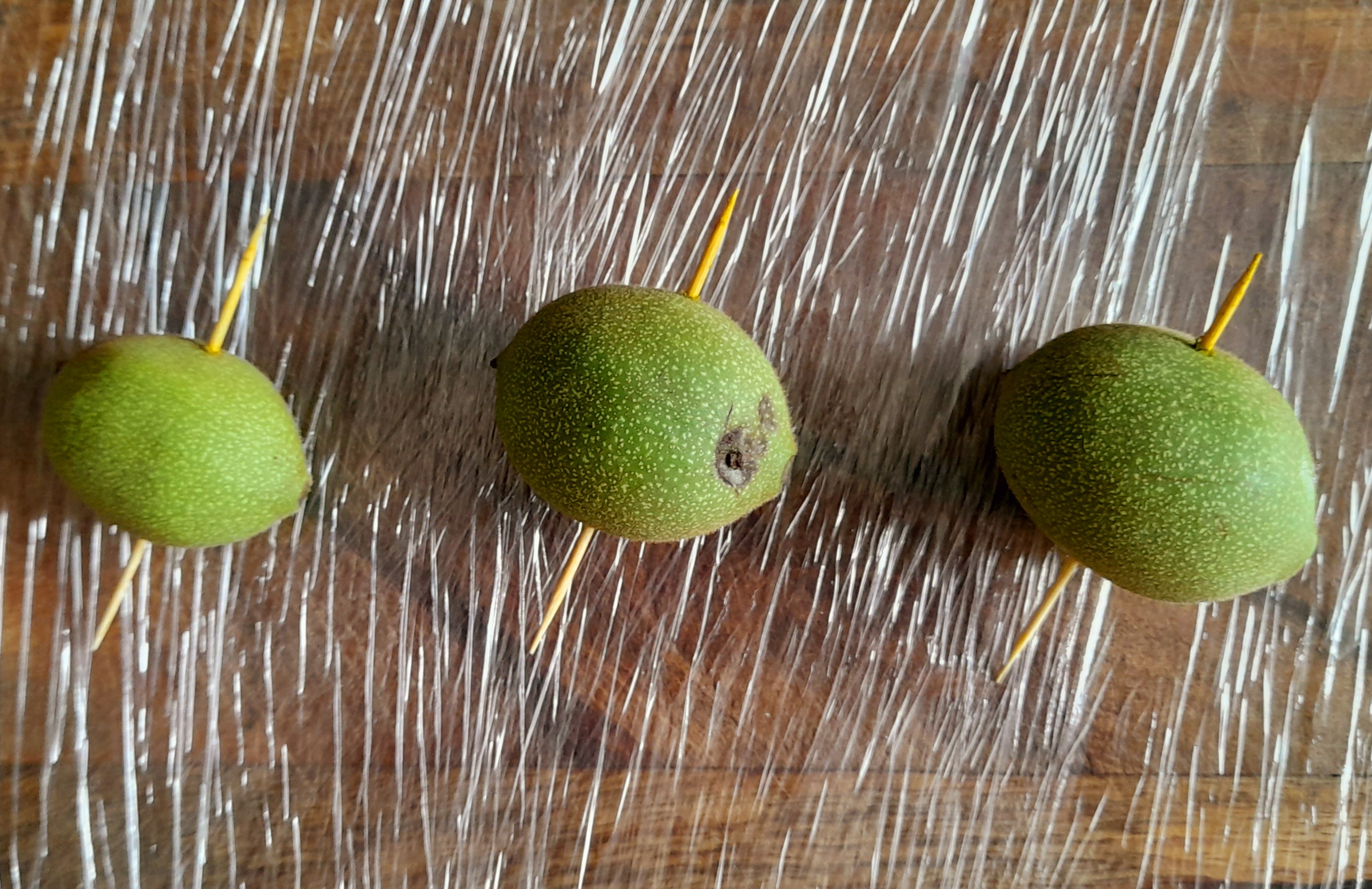
The cocktail stick test checks that the walnut is suitable for pickling. If you can push the cocktail stick through fairly easily, then you are good to go and pick the rest of your walnuts! If it is very difficult, or the cocktail stick breaks, I would choose smaller less ripe walnuts and perform the test again.
Start by picking a single young green walnut and test its suitability for pickling. Where we live in the south of France, this is normally mid June. Ideally, we want the walnut to be as large as possible, but we don't want the hard shell of the walnut to have started forming. So I like to perform two simple tests, the first is to push a cocktail stick through one side of the walnut and out of the other. If this is sucessfull, I then visually inspect the walnut, by carefully cutting in half. If you can push the cocktail stick through fairly easily, then you are good to go and pick the rest of your walnuts!
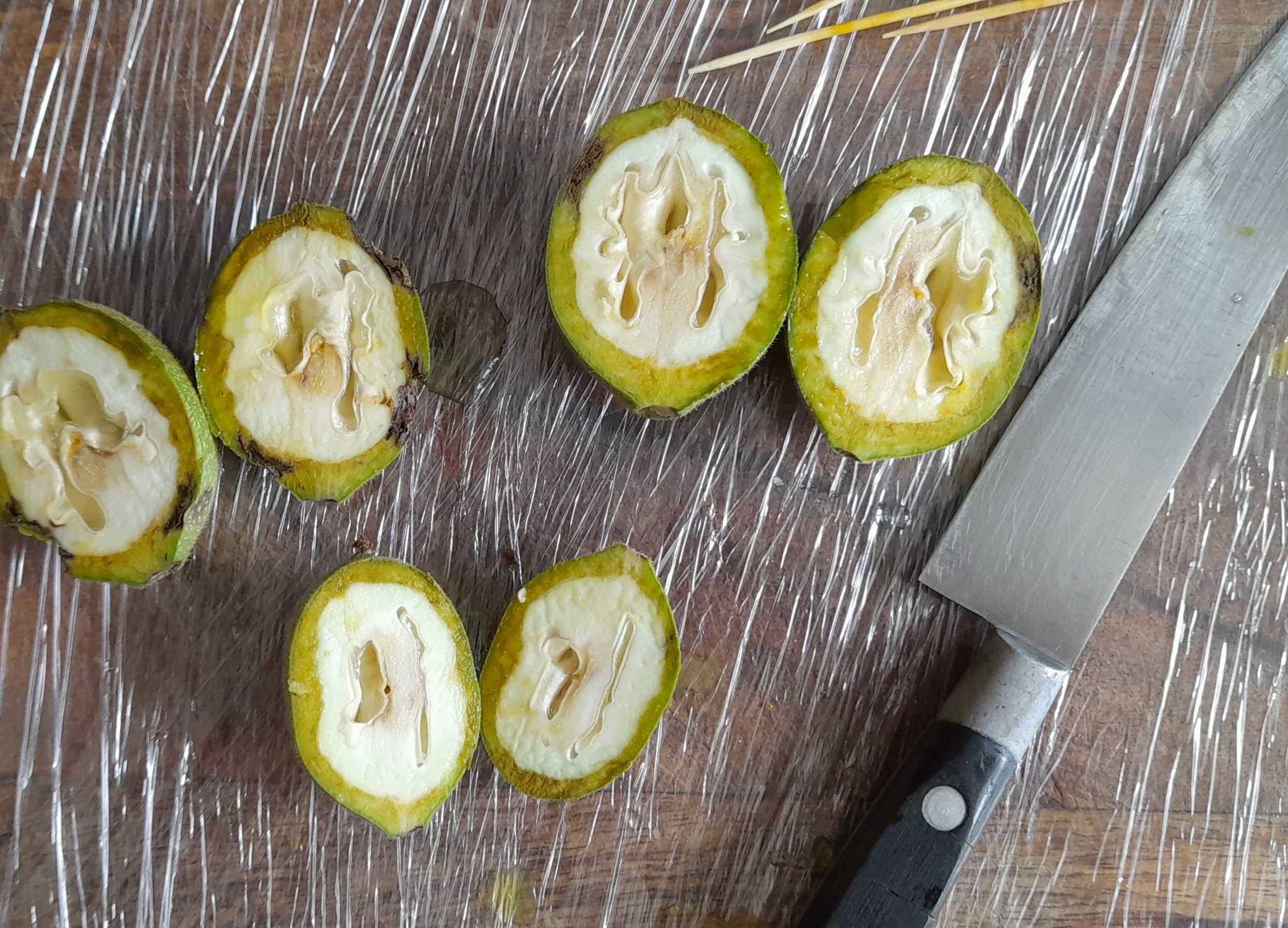
Small, medium and large walnuts - these all look great for pickling. The wooden chopping board has been wraped in cling film to protect it from staining!
Caution: It is suggested that you wear rubber gloves to also protect your hands from staining. The outer green husk of the walnut contains 'juglone'. This is a beautiful natural dye ranging from brown to almost black, but you don't really want to get it on your hands as it is difficult to remove!
Step 2. Prepare the brine
Fill a large pan with 2.5 liters of mineral water (you could also use ordinary tap water). Add 200g of salt. Because we are in France, we use 'Fleur de Sel', a popular salt from the Camargue region. However, any salt will work for brining. We now need to disolve the salt into the water. To speed up the process, put the pan on the cooker hob, and apply a little heat and stir until all the salt is absorbed into the water.
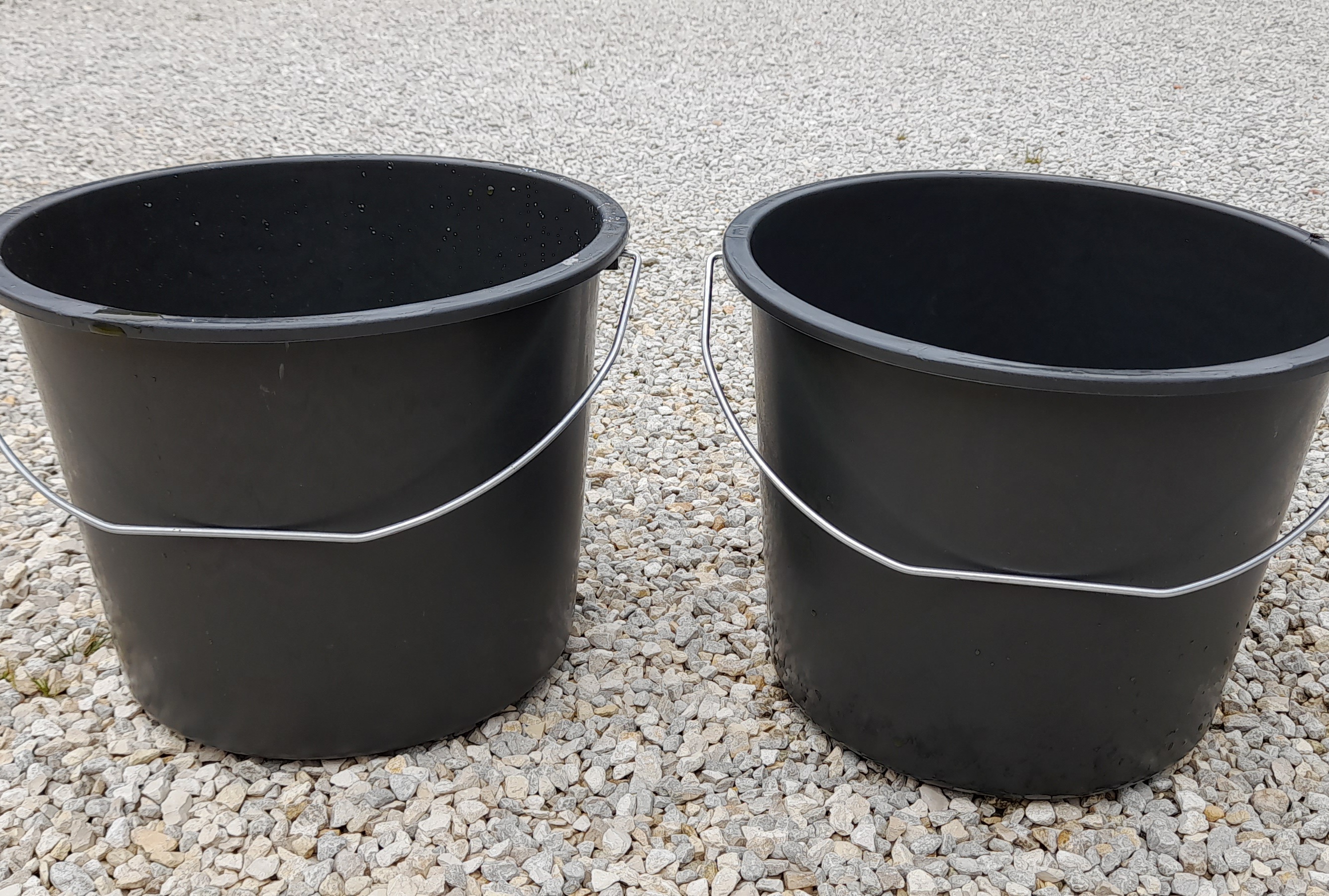
Purchase two identical black buckets from a household or DIY store. I paid 1 euro each.
Remove the pan from the hob and carefully pour the brine solution into one of the buckets or your chosen container. Set asside for later.
Step 3. Prepare the walnuts for brining - While the brine is cooling, we can start to process the walnuts. If you have not already done so, prepare the chopping board by wrapping it in cling film to protect it from staining. Put on your rubber gloves. Take a fork and prick every walnut several times. The fork prongs only need to go in about 3mm deep. When done, add it to the brine in the bucket. Repeat the process until all the walnuts are finished.
Now take your second bucket and insert it into the bucket containing the walnuts and brine.
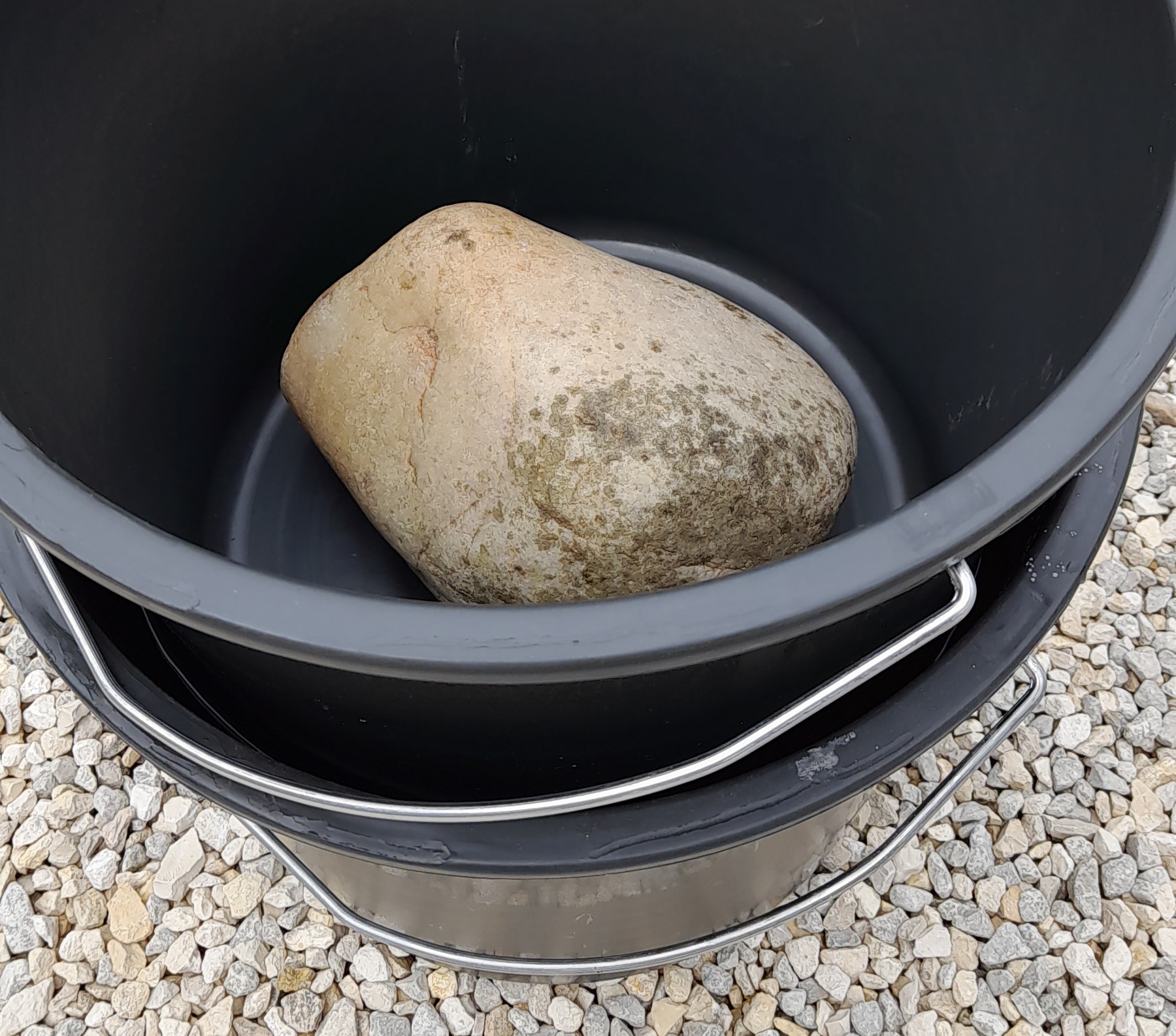
The second black bucket makes a good fitting cover without messing around trying to find a plate that fits! You can easily lift it out with the handle for stiring.
Add some stones/weights, this helps to keep the walnuts fully submerged. You could also use one bucket and a plate. If the walnuts are not full submerged, then just add more cold mineral or tap water. Tip: I prefer the two bucket method because you don't need to wear gloves to remove a plate. You can easily remove the bucket using the handle. I chose two black buckets which are ideal due to staining. I paid 1 euro each from a buget household store.
Step 4. Allow the walnuts to brine for two weeks
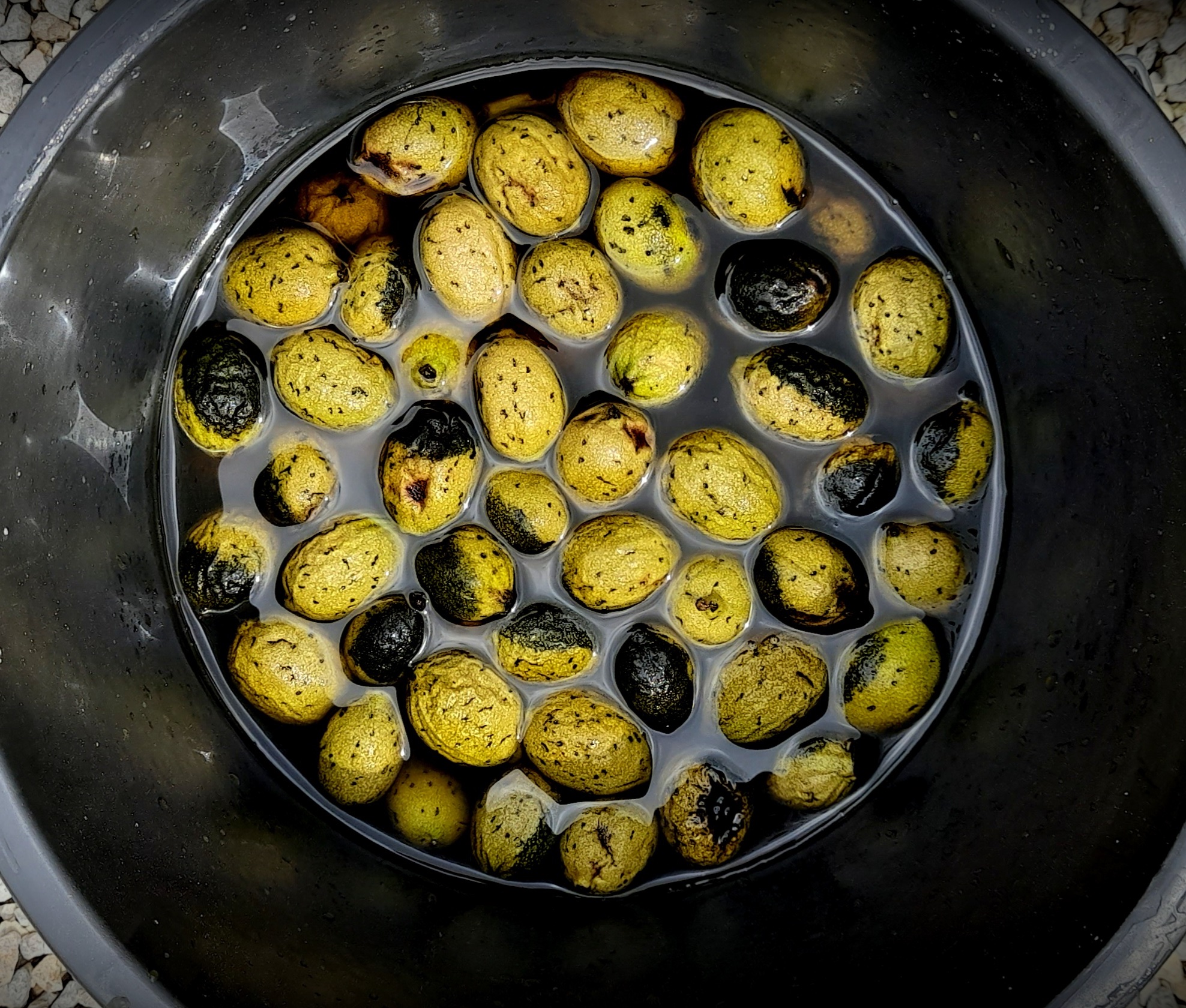
After only a few hours the walnuts have aleady started to blacken.
Week 1, remove the stones/weights, the inner bucket and set asside, stir daily. At the end of week 1 we need to drain the old brine solution and add a new solution. Tip: If you would like to make a beautifual natural dye keep your brine solution in a container. Instructions to follow soon :-).
... and now six.
PLEASE NOTE PHOTO IS CURRENTLY PENDING UPLOAD.


